What is Pure Tone Audiometry (PTA) Test: Pure-tone threshold audiometry is the measurement of an individual’s hearing sensitivity for calibrated pure tones. Three general methods are used: Manual audiometry, also referred to as conventional audiometry; Automatic audiometry, also known as Békésy audiometry; and Computerized audiometry.
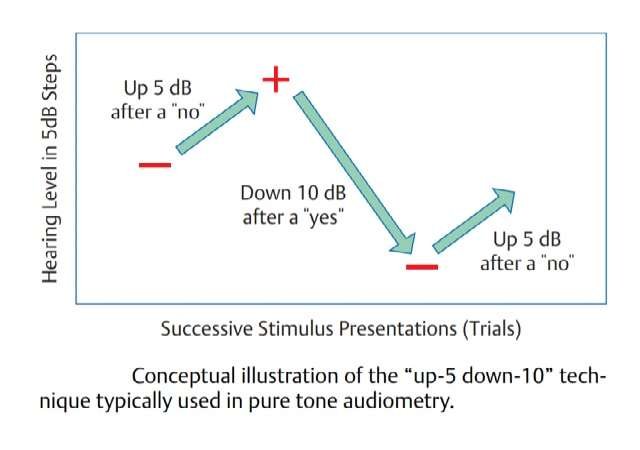
Types of Stimulus used in PTA
- Continuous Tone
- Pulsed Tone
- Warble Tone
Instructions for PTA
- The examiner should present the instructions prior to placement of earphones.
- Earphones attenuate external sounds making speech understanding more difficult, particularly for persons with hearing loss.
- Listeners should also be queried after the instructions are presented to determine if they understood what was said.
Sample: You are going to hear a series of beeps, first in One ear and then in the other ear. Respond to the beep by pressing the button (Switch) when one comes on and release it as soon as it goes of. Some of the beeps will be very faint, so listen carefully and respond each time you hear one. Do
you have any questions?
Clinical Method of Threshold Estimation
- Several Techniques to obtain pure tone thresholds are accepted by audiological community, such as the Carhart – Jerger (1959) modification of the Hughs on- Westlake (1944) approach, and the ANSI (2004) and ASHA (2005) testing methods.
- However, these methods agree on the most important issues and their similarities reveal a consensus of general approach within the audiological
community.
Familiarization and Ballpark Threshold Estimate
- Testing begins by familiarizing the patient with a 1000 Hz test tone and masking a ballpark guesstimate of approximately where the threshold might be.
- The Traditional Carhart – Jerger (1959) method did this by first presenting a test tone lasting 1 to 2 second at 30 dB HL if the patient seems to be normal, or at 70 dB HL if he appears to have a hearing impairment.
- If the patient does not respond to the first tone, then its level would be raised in 15 dB steps until the tone is heared.
- Contemporary guidelines (ANSI 2004; ASHA 2005) recommend using either of two methods.
- One technique involves first presenting a test tone lasting 1 to 2 second at 30 dB HL, which is followed by 50 dB HL if the 30 dB HL tone was
inaudible. - If the patient still does not hear the 50 dB HL tone, then its level in raised in 10 dB steps until the patient responds.
- The alternative approach is to begin presenting the tone at the lowest attenuator setting, and then gradually increase its level until the patient responds.
Up-5 Down-10 Technique
- Whenever the patient does not hear the tone (–), we increase the level of the next tone by 5 dB (“up 5” after a “no”).
- Whenever the patient hears the tone (+), we decrease the level of the next tone by 10 dB (“down 10” after a “yes”). It is no wonder this is known as the up-5 down-10 technique.
- It is no wonder this is known as the up-5 down-10 technique

Threshold Search for Air-conduction
After a ballpark estimate is obtained, the threshold search procedure is then began, which uses the following strategy:
Step 1: Each test tone is presented for 1 to 2 seconds.
Step 2: We want the threshold to be approached from below, so testing starting starts at a level that is known to be below the patient’s threshold. This can usually be done by simply setting the tone to 10 dB below where the patient responded during familiarization, and present it to him.
Step 3: The level of the tone is then raised in 5 dB steps until the patient responds.
Step 4: The tone is now decreased by 10 dB (or 15 dB) and presented again, in which case it should again be inaudible. This is done so that the threshold can again be approached from below. [Sometimes a patient will respond at this lower level. When that happens the tone is decreased another 10 dB (or 15 dB) and presented, and so on, until it is inaudible.]
Step 5: The level of the tone is then raised in 5 dB steps until the patient responds.
Steps 3 and 4 are repeated until the clinical threshold criterion is achieved.
Test Frequencies and Testing Order
Testing Order: 1000, 2000, 4000, 8000, retest at 1000, 500, 250 Hz
- The 1000 Hz retest is done as a reliability check and is expected to be within ±5 dB of the first 1000 Hz threshold in that ear, and the lower (better) of the two is considered the threshold.
- The semioctaves (750, 1500, 3000, and 6000 Hz) are tested whenever there is a difference of ≥ 20 dB between two adjacent octave frequencies (e.g., 3000 Hz is tested if the thresholds at 2000 and 4000 Hz differ by 20 dB or more).
- In contrast, the current ASHA (2005) guidelines include 3000 and 6000 Hz among the regularly tested frequencies.
Threshold Search for Bone-conduction
- Types of Stimulus
- Continuous Tone
- Pulsed Tone
- Warble Tone
- Duration of stimulus is 1 to 2 second.
- Frequency range traditionally (250-4K) Hz.
- Steps (1k, 2k, 4k, 1k, 500, 250) Hz.
- ASHA (2005) guidelines add 3 KHz and order is (1k, 2k, 3k, 4k, 1k, 500, 250) Hz.
- Threshold estimation could be same as up-5 down-10 technique or others methods of threshold estimation.
References:
- https://www.ishaindia.org.in/pdf/Guidelines-Standard-Audiometric-Screening-Procedures.PDF
- Introduction to Audiology – Frederick N.Martin (Book)
- Essentials of Audiology – Stanley A. Gelfand, PhD (Book)
You are reading about:
What is Pure Tone Audiometry (PTA) Test



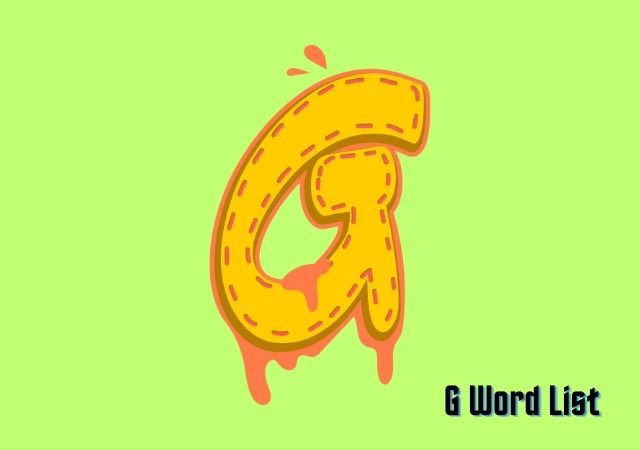

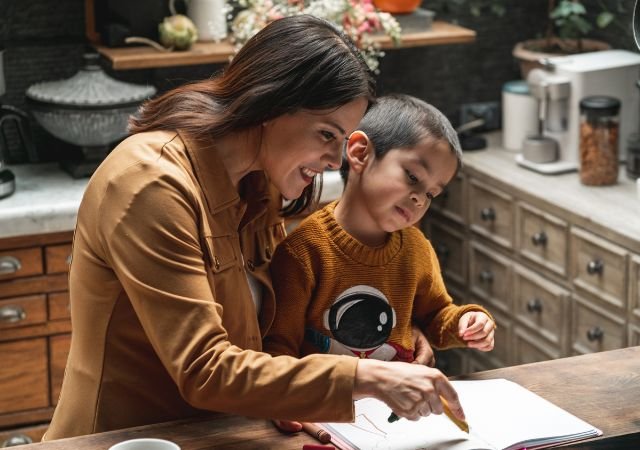
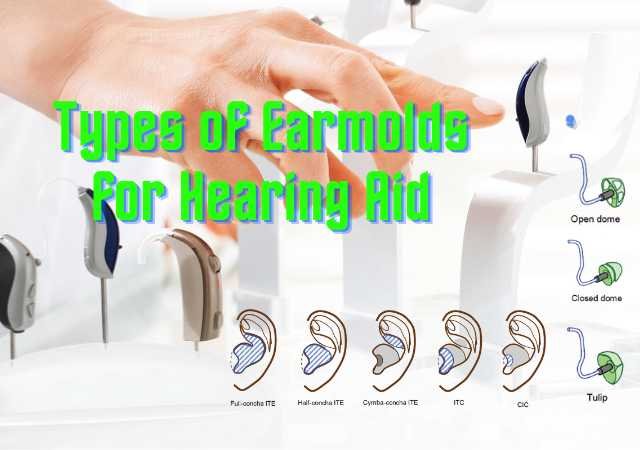
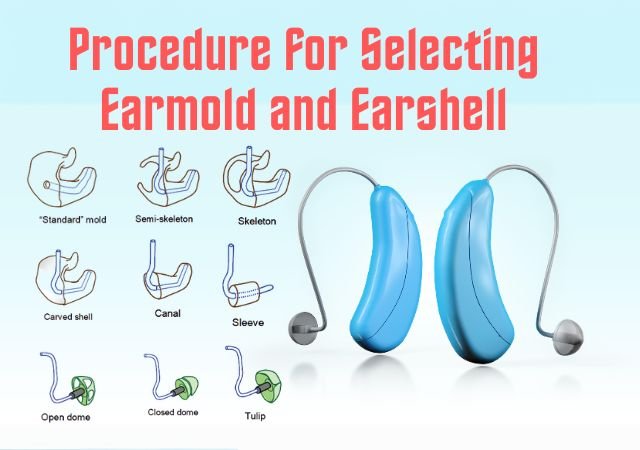
0 Comments